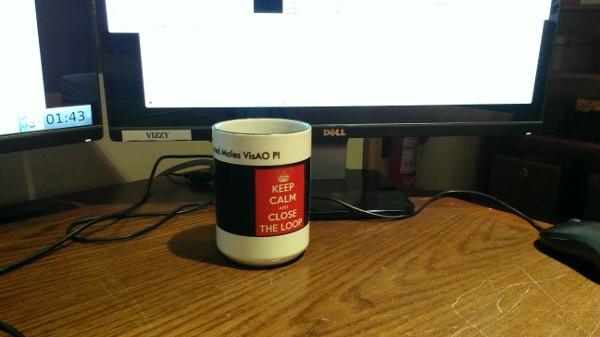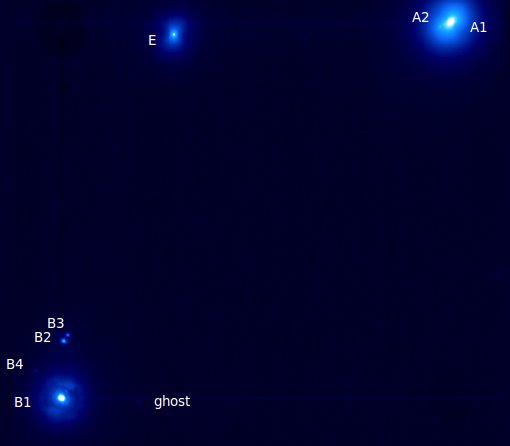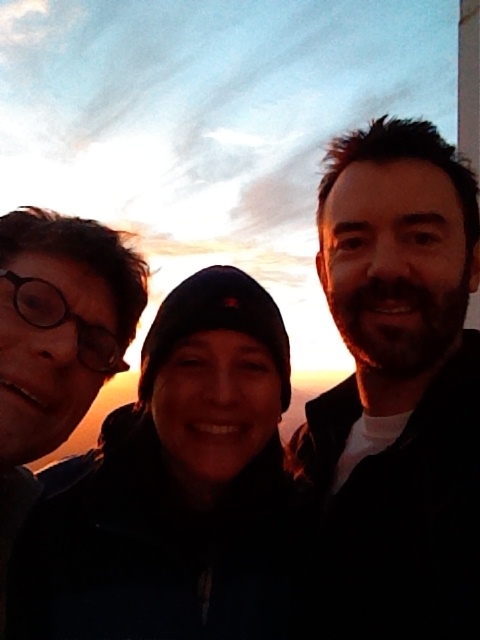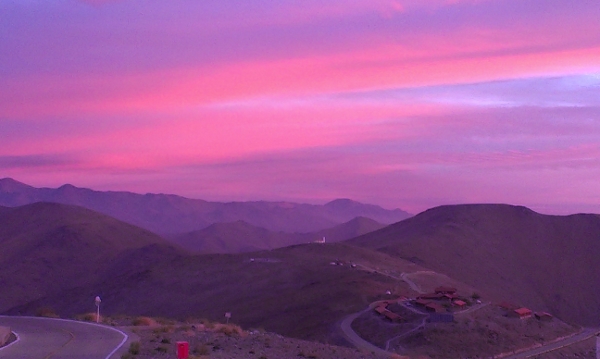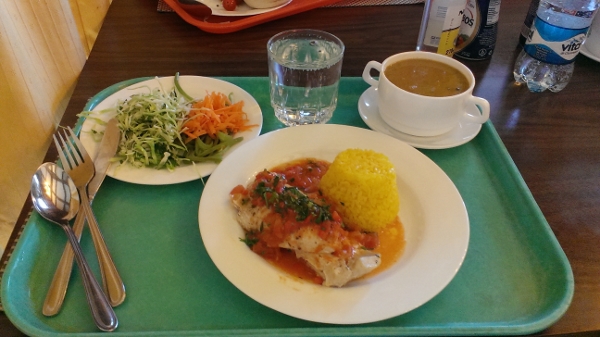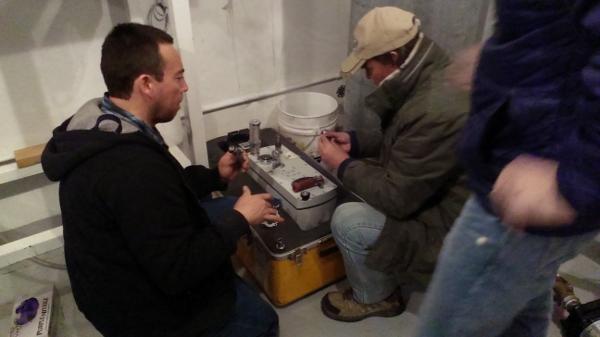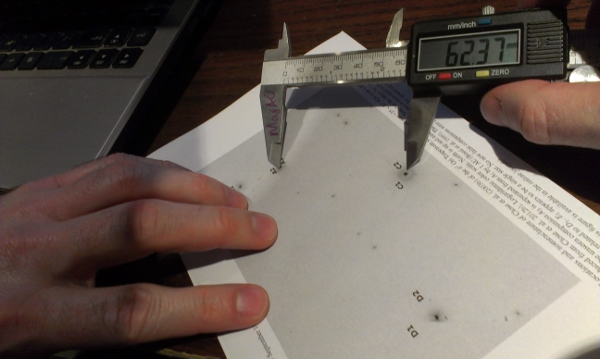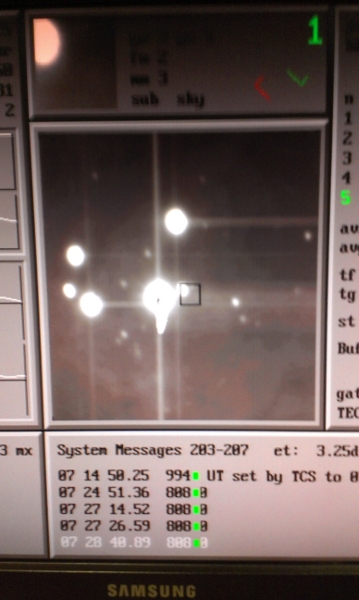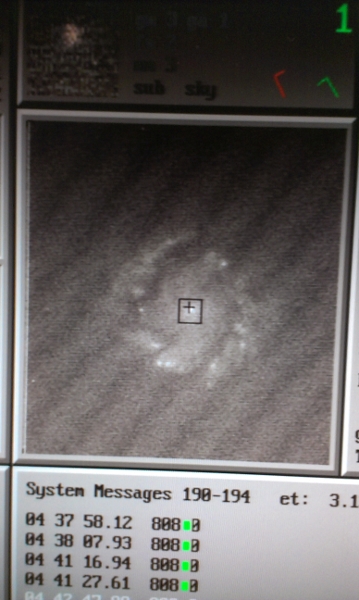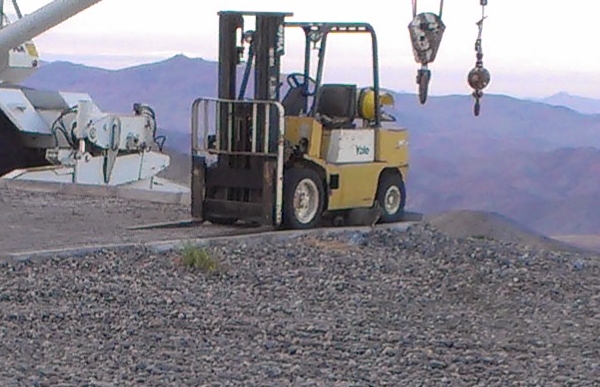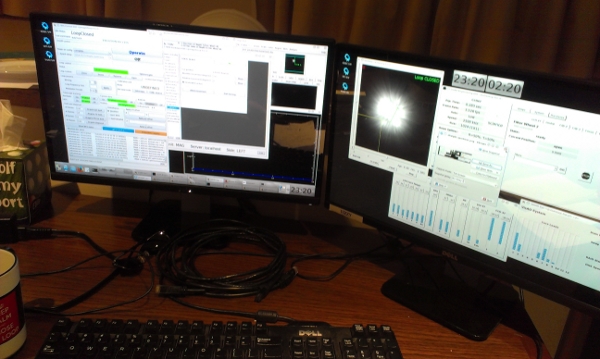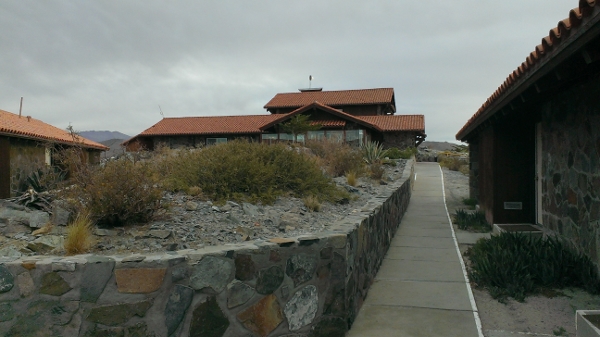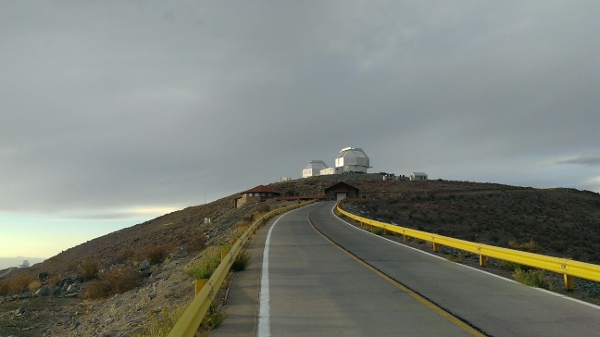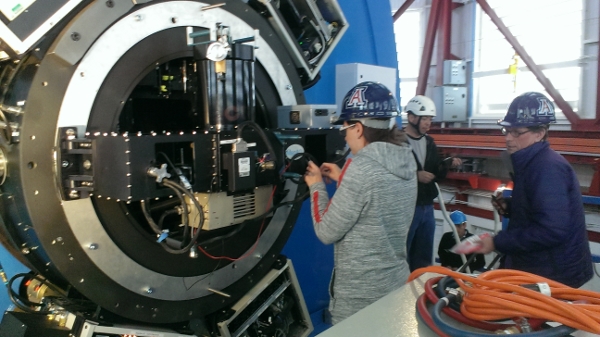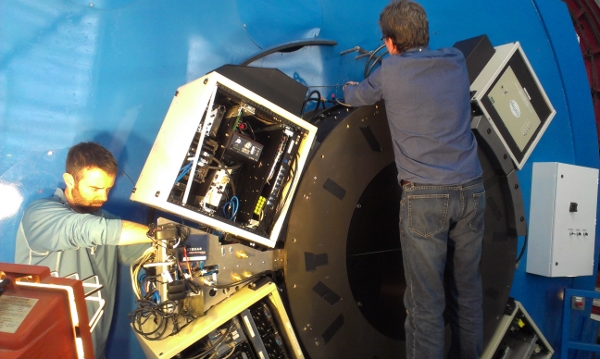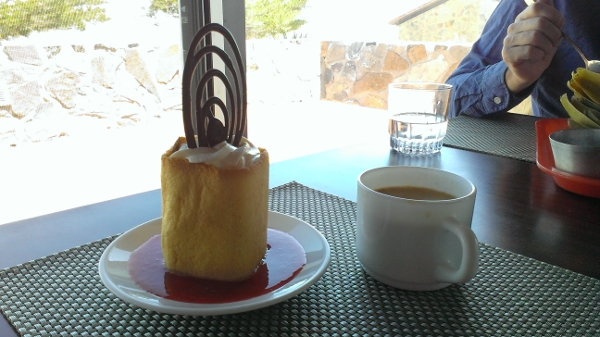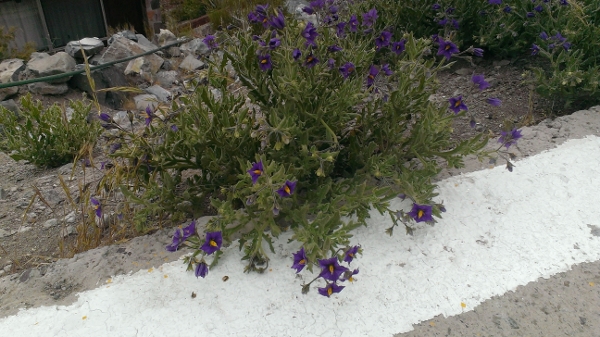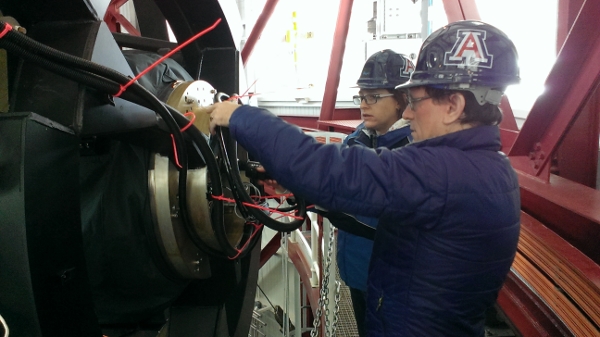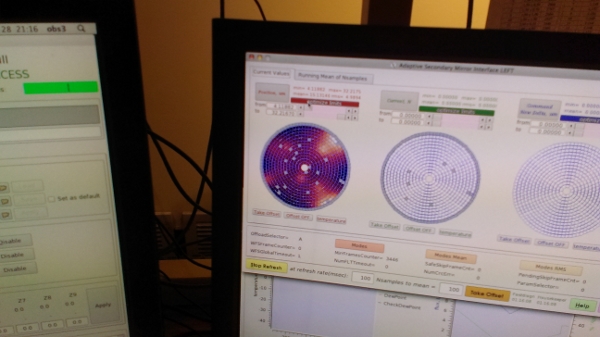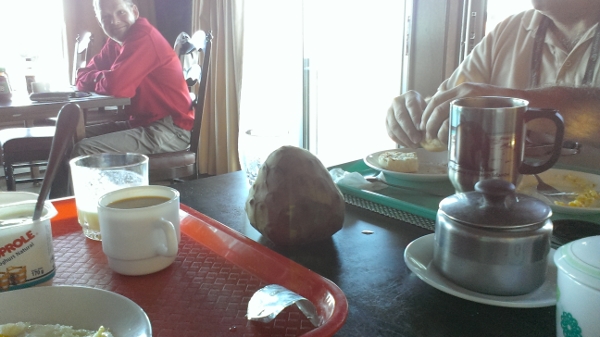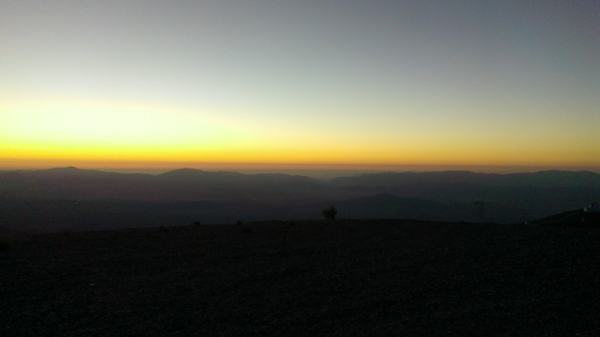Well things finally got back to normal tonight at LCO. Not a cloud in the sky, seeing was 0.5 arcseconds most of the night, T.J. fell asleep in the control room, and most importantly – our good friend Miss Viz was hanging out at the clean room today! We haven’t seen any Viscachas on their usual roosts, but one was there today.
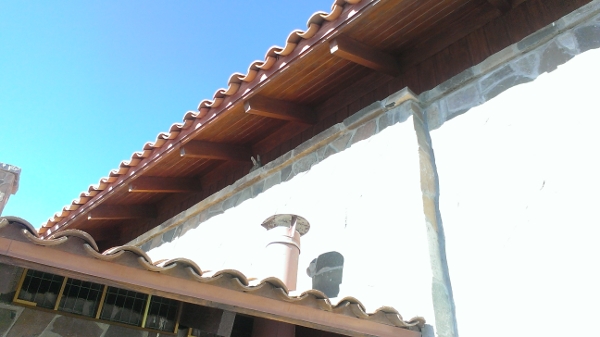
As I said, tonight we got the absolutely perfect observing conditions we’ve come to expect from LCO.
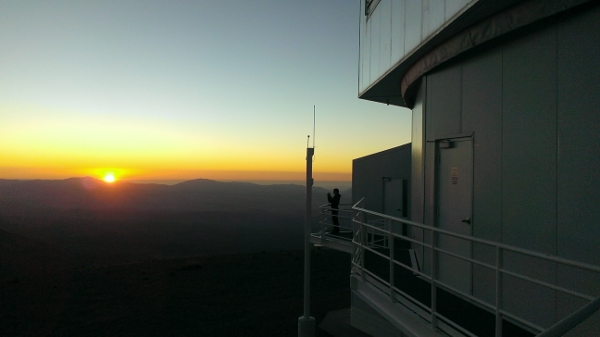
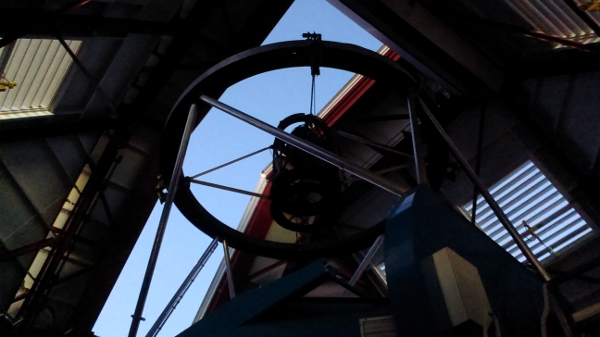
The great conditions have led to some really nice results. Here’s a 47% Strehl ratio image at z’ (that means it’s really good).
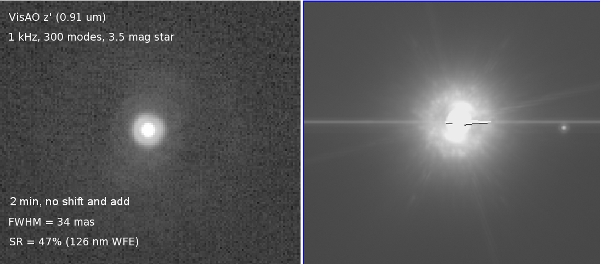
We also did some work at H-alpha. Here’s a nice H-alpha jet coming from a young binary star system. FWHM in this image is 30 milli-arcseconds. That’s from stacking 15 second exposures.
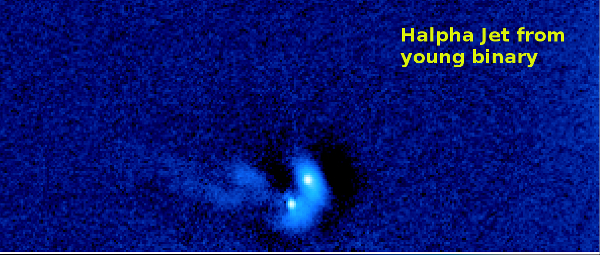
At the end of a great night, we saw a gorgeous sunrise over the Andes. Here’s a shot of the MagAO ASM, Clay, and Baade right before we closed up.
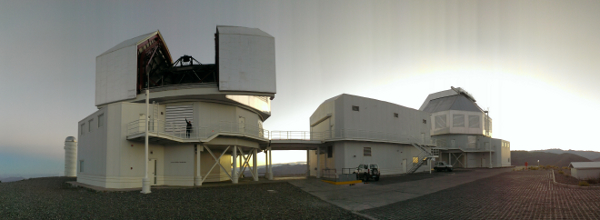
I don’t think these have been on the blog yet this run.
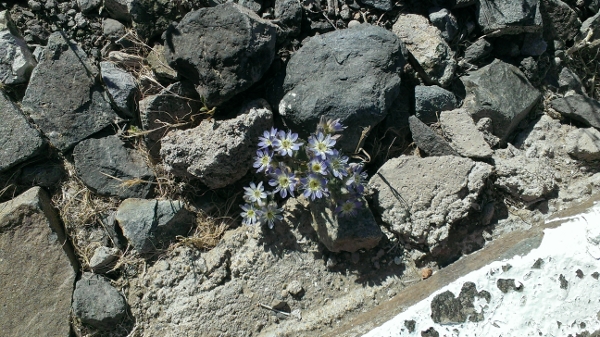
So, the last week has been pretty rough from an observing perspective. The clouds and bad seeing means a lot of stress and frustration. I think this video captures what it’s like sometimes in the control room during nights like we’ve had up until now.
Here’s the song of the day. I’m guessing this is going to be a staple at McKale center this year.
